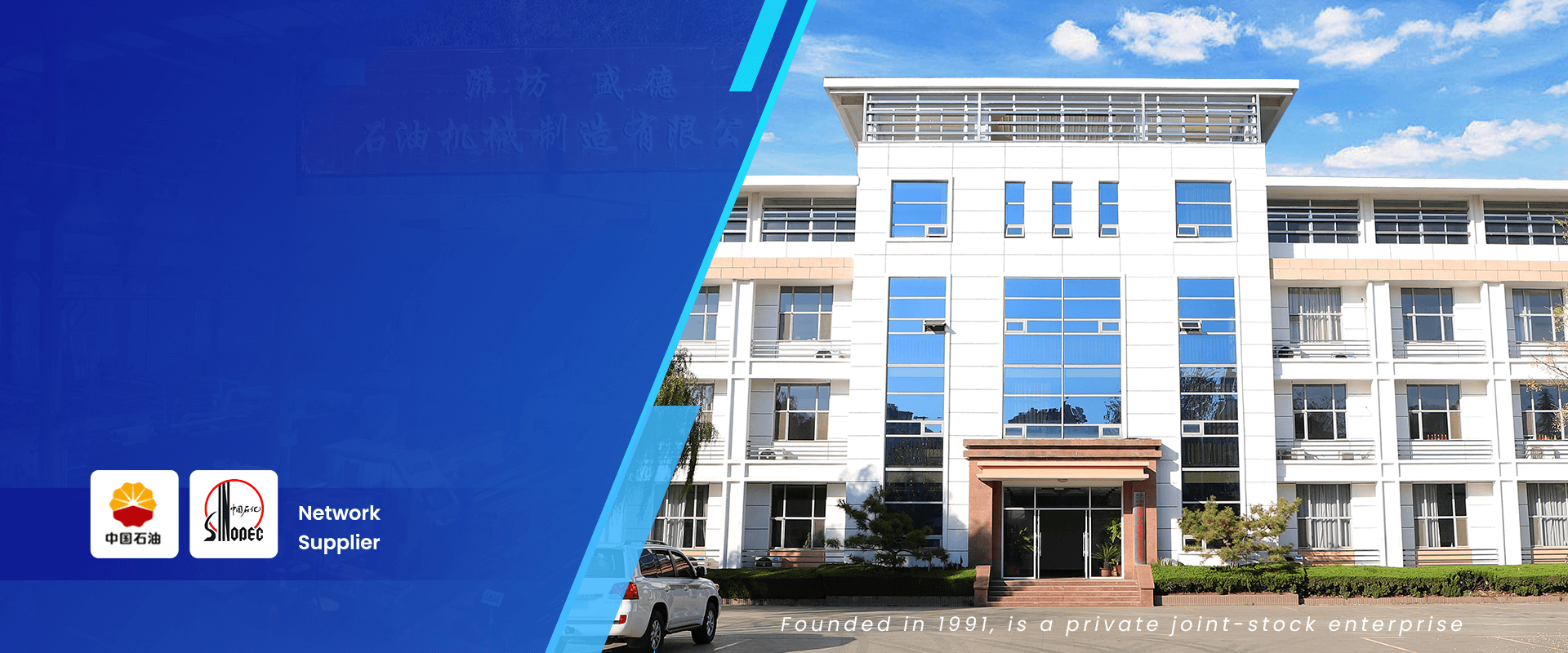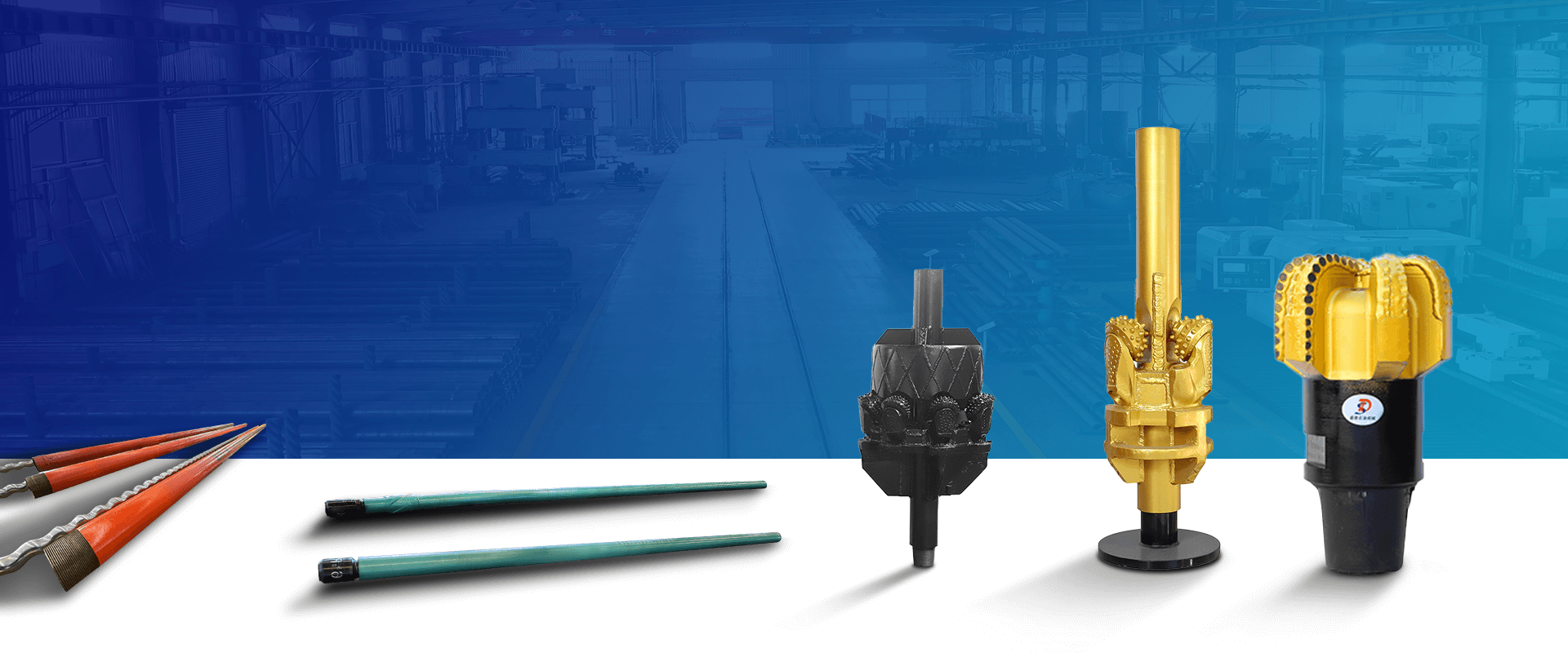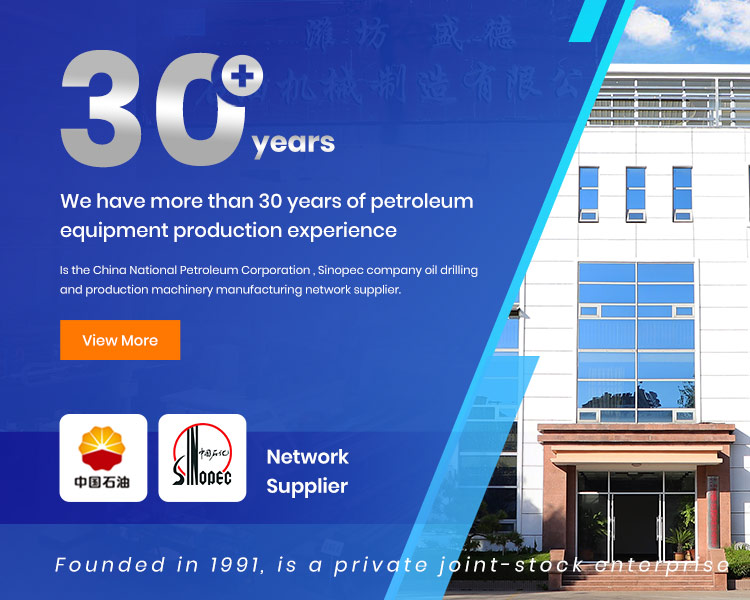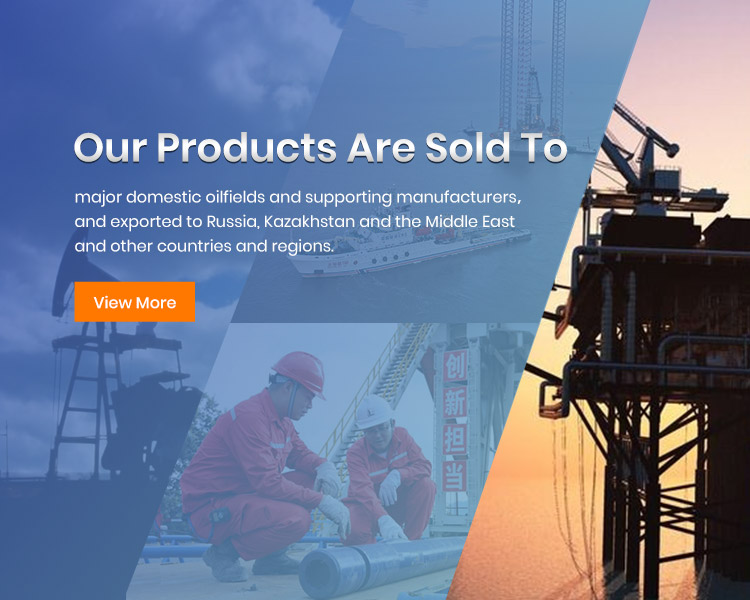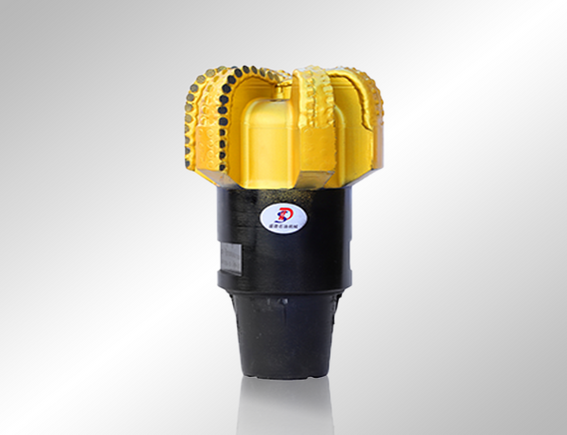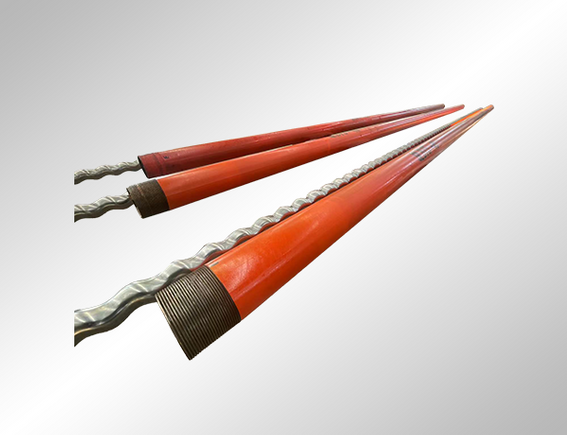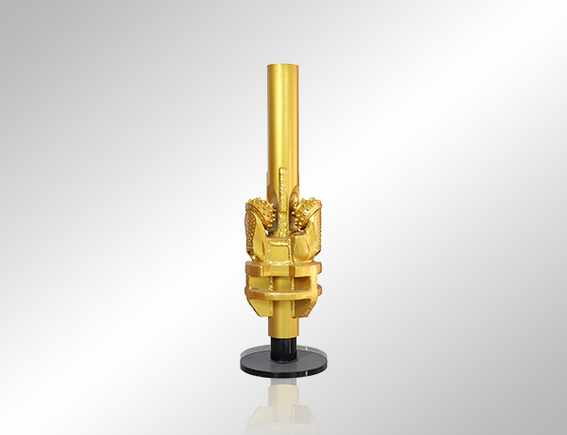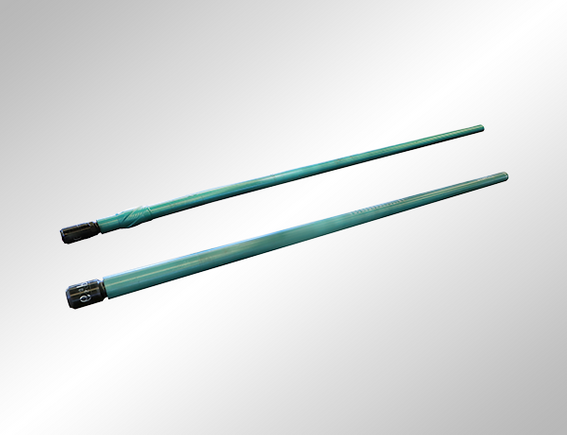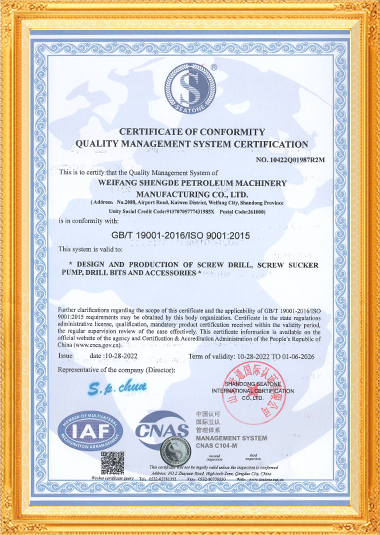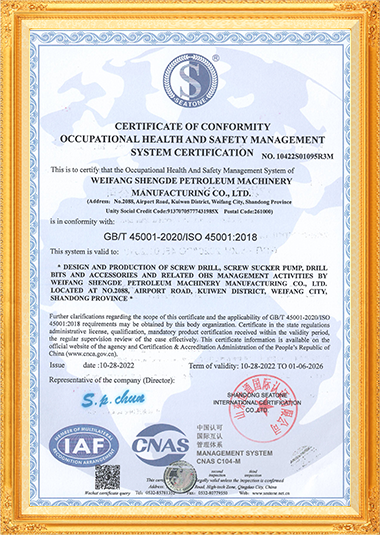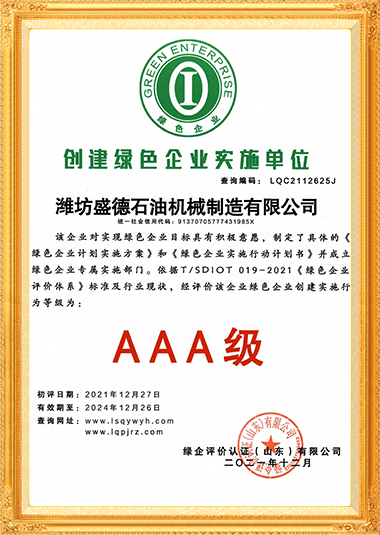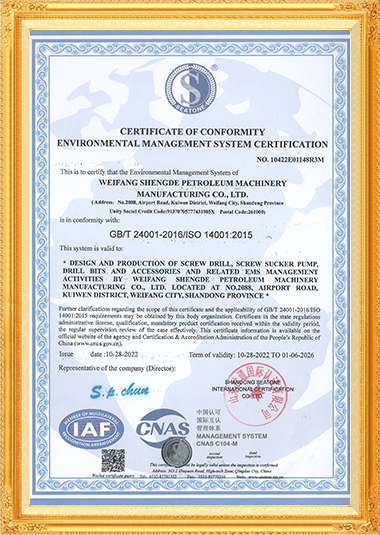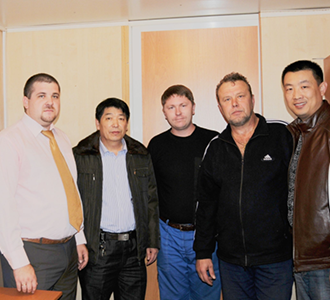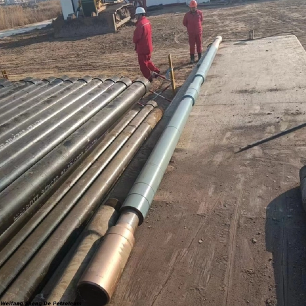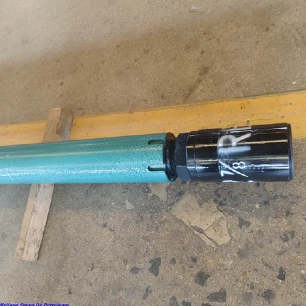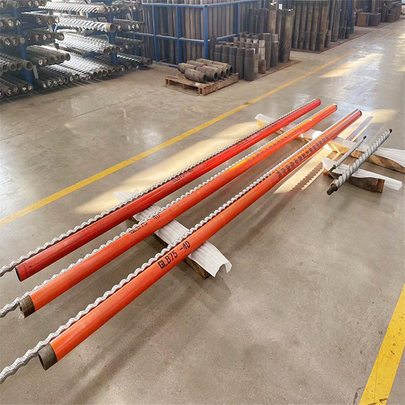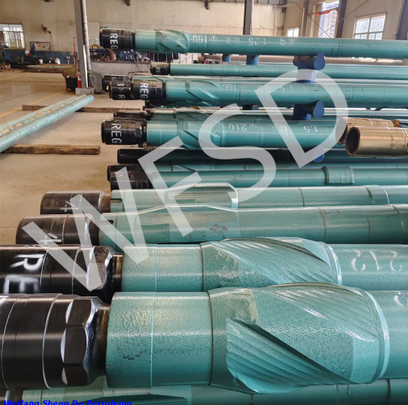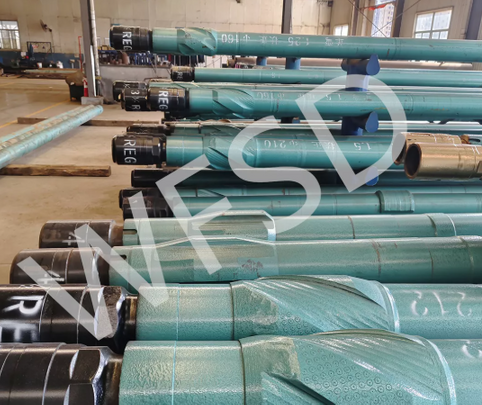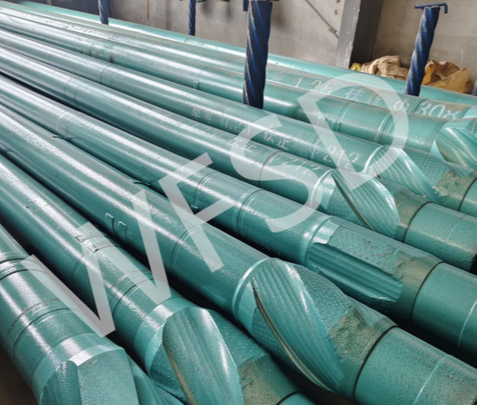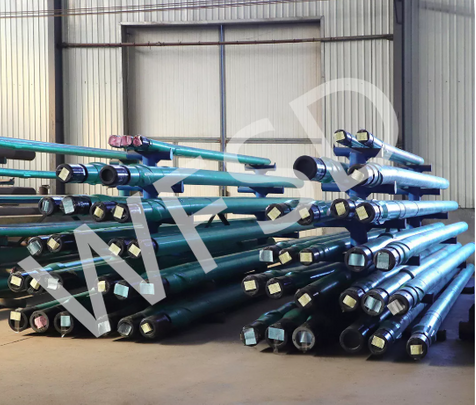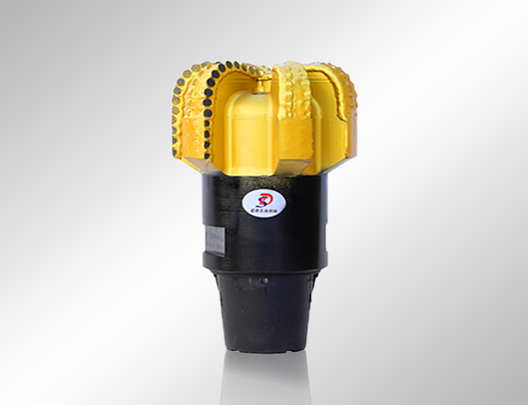- All
- Product Name
- Product Keyword
- Product Model
- Product Summary
- Product Description
- Multi Field Search
Please Choose Your Language
- English
- 簡體中文
- ???????
- Français
- Русский
- Español
- Português
- Deutsch
- italiano
- 日本語
- ???
- Nederlands
- Ti?ng Vi?t
- ???
- Polski
- Türkçe
- ????
- ???????
- ?????????
- Bahasa Melayu
- ?????
- ?????
- Filipino
- Bahasa Indonesia
- magyar
- Român?
- ?e?tina
- Монгол
- ?аза?
- Српски
- ??????
- ?????
- Kiswahili
- Sloven?ina
- Sloven??ina
- Norsk
- Svenska
- укра?нська
- Ελληνικ?
- Suomi
- ???????
- ?????
- Latine
- Dansk
- ????
- Shqip
- ?????
- Hrvatski
- Afrikaans
- Gaeilge
- Eesti keel
- Māori

